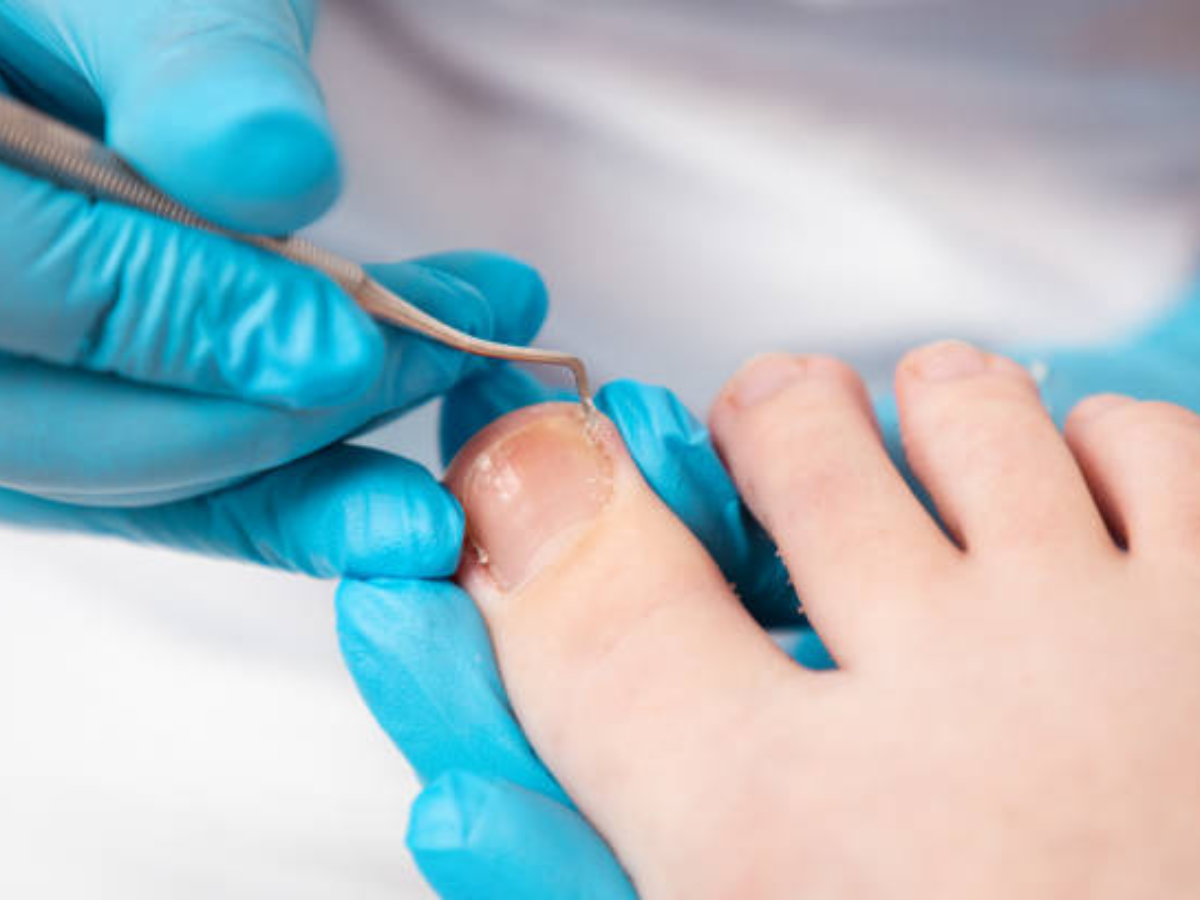Frogs and Toads, Warts and All.
This month we talk to Michael Taranto about successful treatment of plantar warts.
“Like a lot of little boys growing up, I was told that touching frogs gave you warts. Of course, this is a myth – don’t blame the poor old frog!” says Michael Taranto.
There is only one cause of warts, and that is the human papillomavirus (HPV). HPV causes rapid growth of the skin, resulting in raised bumps on the outer layer of the skin. “In podiatry terms, we talk about plantar warts as a soft tissue condition. The virus causes them and invades the skin often through almost invisible cuts” Michael explains. “At the risk of sounding pedantic, technically only those warts on the sole of the foot are called plantar warts,” he adds, “but there is no doubt most patients find warts anywhere on the feet quite painful. And whilst there is only one virus (HPV) which causes warts, there are many different strains of this virus.”
Warts can be treated with a number of topical agents. Just about anything, including banana peel to duct tape have been touted as helping some people. Podiatrists have typically used creams, pastes and solutions to treat warts on the feet, with surgery (curettage, or removal of the warts) being reserved for the most resistant, painful cases.
Many over-the-counter preparations (purchased at your local pharmacy) are not strong enough to get into the wart tissue. This is for reasons of safety and making sure the risk of harm to the consumer is low. However, podiatrists are specially trained to treat warts and Michael and his team have experienced excellent results from a specially made topical agent used under podiatry guidance and expertise.



